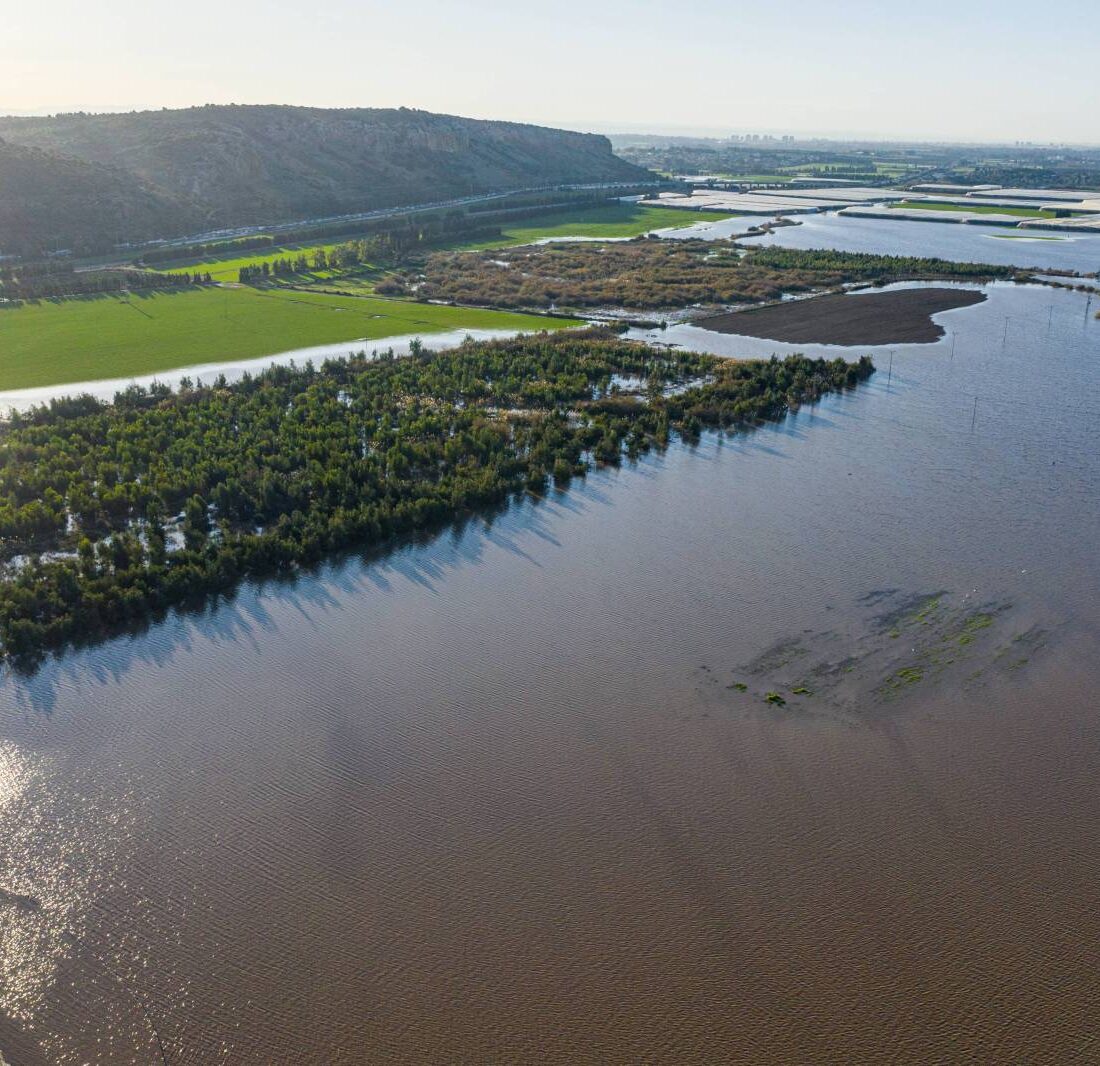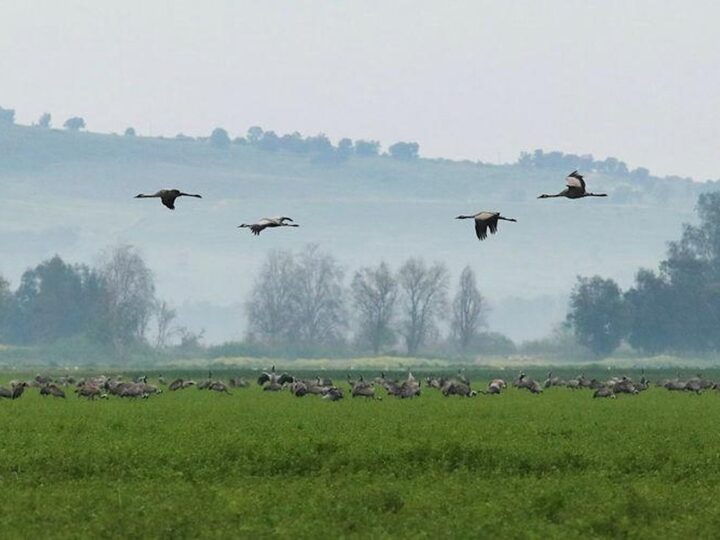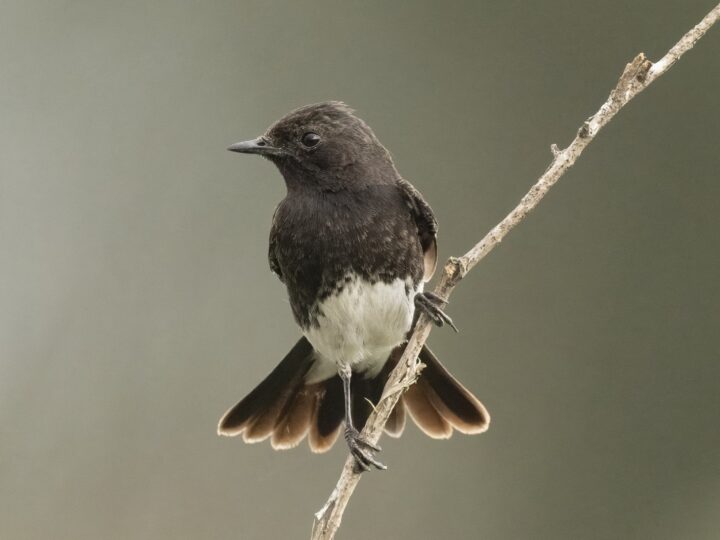In five years, a hefty portion of northeastern Israel will be a swamp again, teeming with wildlife.
Tourists visiting the city of Zichron Ya’akov and the several surrounding kibbutzim will benefit from 2,250 acres of serene natural beauty, and those destinations will, in turn, benefit from increased tourism.
Migratory birds will return to an environment that only their great-grandfathers knew, and the route from the highway to the beach won’t smell like rotting fish-farm runoff anymore.
This is the dream of the Society for the Protection of Nature in Israel (SPNI), an organization which is spearheading a far-reaching campaign to bring the Kebara swamps back to life.
What are the Kebara swamps?
Situated in the Haifa district near Zichron Ya’akov, a wide stretch of land (about 3.5 square miles) was once known for its thriving swamp ecosystem.
Known as the Kebara swamplands, they offered a home to a diverse array of flora and fauna and a chance for migratory birds to top up on road-trip snacks before continuing their flights to warmer pastures with the changing seasons.
“This swamp existed from time immemorial until the early 1800s — we’re talking about 8,000 dunams [1,977 acres],” notes Jay Shofet, SPNI’s Director of Resource Development and Foreign Relations. “It’s twice the size of the Hula Valley,” another successfully reclaimed swampland in the Galilee.
In modern-day Israel, the Kebara swamps are nothing but a memory and a series of agricultural fields and fish farms, mostly under the jurisdiction of Kibbutz Ma’agan Michael.
Their waters, once rich and teeming with wildlife, were drained by early settlers who wished to feed their families and not be swarmed by malaria-ridden mosquitos all the time.
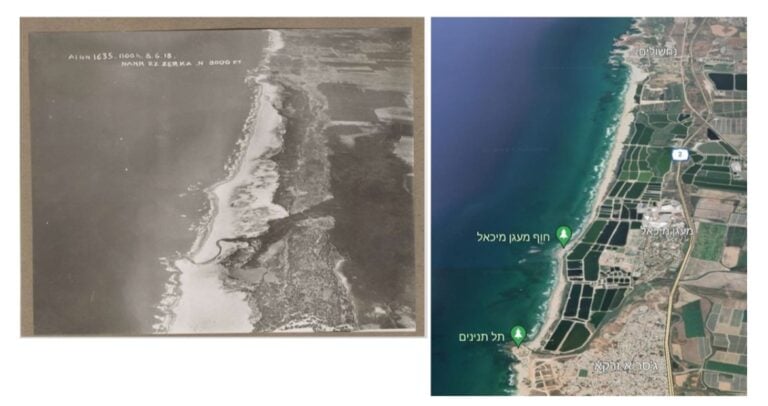
Subsequently, the natural swamplands have been drained and diverted to nearby rivers for nearly a century, and the birds that once relied on them for food have adapted to refueling at the fish farms that replaced them.
Throwing up their wings
Those fish farms are beginning to disappear too, though, as they are no longer profitable in the face of imported supplies and water price fluctuations.
On top of that, even the agricultural fields have become a nuisance, due to the constant struggle of keeping them drained and dry enough to grow in.
Erez Arad, SPNI’s nature conservation coordinator for the Haifa district, explains more during a tour of the fields in question.
“From the first days of agriculture here, there has been a need to combat the water levels and make sure they don’t rise too much,” he tells ISRAEL21c.
“If the water rises too far at any point, tractors can’t go out into the fields, and you can’t get anything done.”
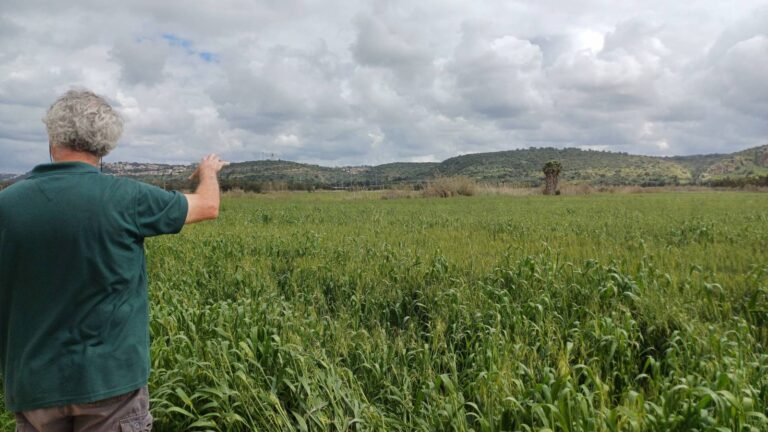
As a result of these problems, local farmers have declared “this is for the birds,” the migratory birds have declared “this is for the farmers,” and everyone has thrown their collective wings up and called the whole thing a wash.
Enter SPNI, swamp left
To make sense of the situation, SPNI stepped into the muddy fray with an extensive multi-stage operation to rewild Kebara, turning it back into a swamp for the benefit of pretty much everyone.
Rewilding Kebara is part of “Start-Up Nature”: a larger SPNI campaign to restore 12,500 acres — a whopping 25% — of Israel’s historic wetlands.
With only five percent of those wetlands remaining from the last century, the need to get them back on the map (literally) is a critical environmental mission.
To do so in Kebara, SPNI is collaborating with the Israel Nature and Parks Authority and the Carmel Coast Drainage Authority, and working closely with Ma’agan Michael, the proprietor of much of the area in question.
While Ma’agan Michael is certainly eager to help out the local wildlife, the kibbutz has additional reasons to promote the rewilding: if the land remains undesignated and underutilized for too long, it could be rezoned into a residential area, lush with construction sites and high-rises.
Faced with a choice between a backyard filled with one type of crane or the other type of crane, Ma’agan Michael made a decision that would make Henry David Thoreau proud.
Be kind, rewild
So, what does rewilding actually look like?
SPNI started with a lot of planning, coordinating and, of course, fundraising (as the saying goes: watch the pennies and the pelicans will take care of themselves).
After some successful lobbying by SPNI, public authorities have taken care of the initial rewilding costs. As well, the organization has signed a long-term lease agreement with Ma’agan Michael to run the project for as long as possible.
On that note, SPNI is fundraising $11 million to manage and sustain both Kebara and its sister project, the Kibbutz Kfar Ruppin birding park, for the foreseeable future. So far, $4.9 million of that total has been raised.
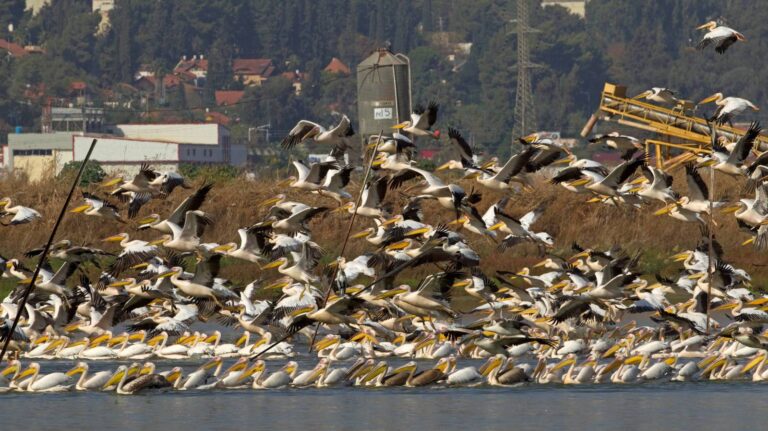
Besides funding the project, SPNI has also been hard at work ridding the former fish farms and fields of pesticides, and installing pumps and sluice gates to regulate water levels throughout the swamp — a must-have feature to ensure the needs of the various species of bird that will take up residence there.
Adjusting water levels throughout the year will enable a lot of opportunities for birds passing through. For example, it could be used to create wide mud patches to attract invertebrates for peckish shoebills to peck. It can also set just the right mood for ferruginous ducks to breed their way out of their near-threatened status.
“Our rubric for maintaining the water levels is pretty much to mimic nature,” says Shofet. “It’ll be higher in the winter and lower in the summer. In a lot of places, though, we won’t even need to do that — nature will take care of itself.”
Throughout the area, the organization is establishing habitats to attract wildlife, and hiking trails to attract hikers (so the wildlife will have something to look at).
SPNI is also in the process of making further agreements to expand the rewilded wetlands via fish farms belonging to nearby Kibbutz Ma’ayan Tzvi, because once you start thinking about it, can you really ever have too many wetlands?
A new lease on wildlife
Though wild boars will thankfully remain in the densely populated cities where they belong, the rewilded wetlands could become home to wildlife that hasn’t felt at home in the region in decades: mongooses, swamp cats — maybe even otters.
It’s also worth noting that the aforementioned malaria-ridden mosquitos are unlikely to make a return, due to a lack of readily available malaria, a disease Israel had largely eradicated by the 1950s.

In the coming few years, with any luck and a whole lot of effort, the Kebara swamps may become a new home for native wildlife, a pit stop for migrating birds and a strong financial asset for the surrounding localities.
Standing on a nearby mountain, looking down at the grid of fish farms that he has committed years to converting back into wetlands, Arad states his hopes very clearly.
“In five, six, seven years, I want to look down there and see a completely rewilded Kebara,” he says. “That’s the goal.”
It won’t be a full return to what it was in the 1800s — there are too many humans around for that — but it may end up becoming one of Israel’s greatest environmental successes.
At the very least, it will make the drive to the beach a little less smelly.




